To understand the resolution limits in structured light systems, I'll give the following scenarios:
- If the projector displays pseudo-random dots/codewords so they can be used to find the correspondence using the triangulation then we are limited by the projector’s resolution in both the u and v directions.
- If the projector displays binary patterns, then it could achieve higher spatial resolution. This is because such a technique uses vertical or horizontal stripes for codification, its spatial resolution is only limited by the projector’s resolution in either u or v direction, but not both.
- Higher spatial resolution could be achieved by using continuous patterns in both directions, and the patterns are typically sinusoidal in nature (no longer limited by projector's specification) (instead of finding corresponding point using intensity of the structured patterns, it uses phase as a constraint to solve for (x;y;z) coordinates
pixel by pixel if the system is calibrated).
The phase-shifting based method (digital fringe projection using sinusoidal patterns) allows precise sub-pixel correspondence between the projector and the camera without any interpolation. Therefore, theoretically, it could achieve highly accurate 3D shape measurement if calibration is properly performed.
For more information, check the following references:
S. Zhang, “Recent progresses on real-time 3-D shape measurement using digital fringe projection techniques,” Opt. Laser Eng. 48(2), 149–158 (2010).
W. Lohry, V. Chen, and S. Zhang, "Absolute three-dimensional shape measurement using coded fringe patterns without phase unwrapping or projector calibration," Opt. Express 22, 1287-1301 (2014).

